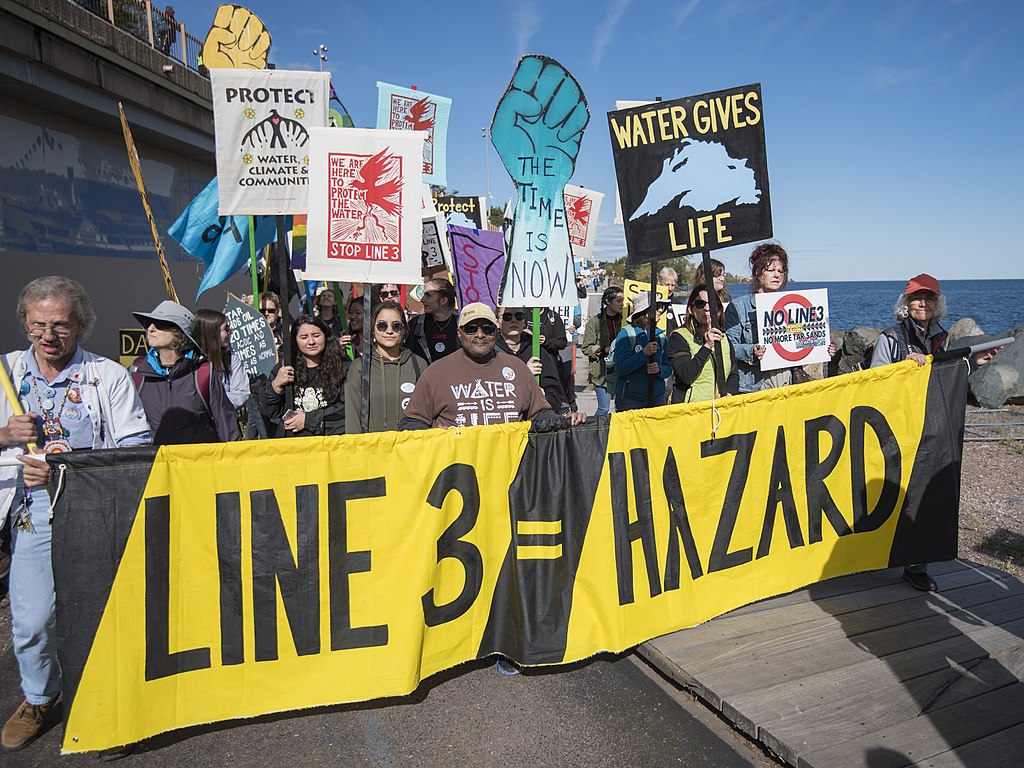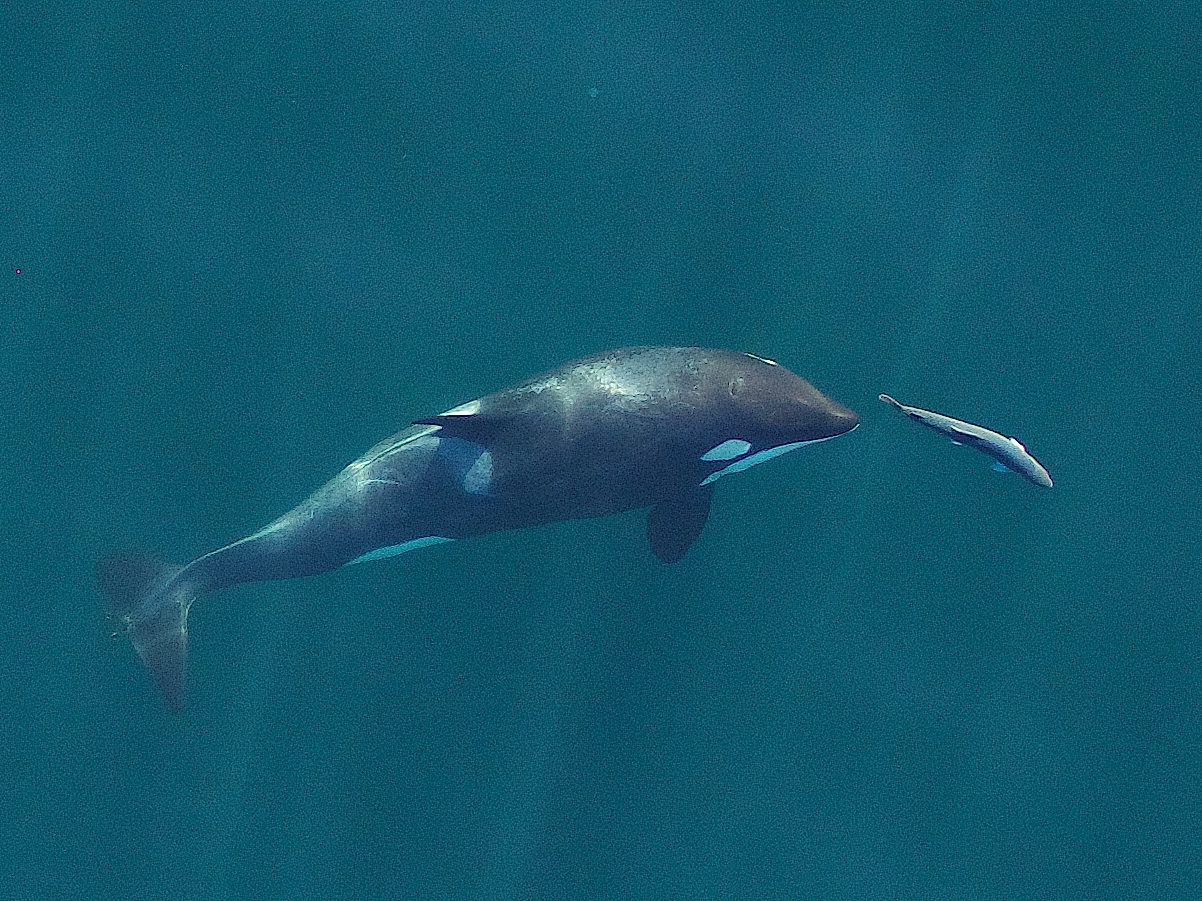
Indigenous Leaders Hail Biden’s Proposed Chaco Canyon Drilling Ban as ‘Important First Step’
Editor’s note: We would hope that this action would be a turning point where the United States stops its management planning philosophy of “natural resources” and focuses on the protection of all living beings. Yet how tenative only 10-mile buffer for only 20 years and does not include all extractive industries. Basically less than undoing what Trump illegally did. After all they still have the Gulf of Mexico.
This story first appeared in Common Dreams.
“We are most hopeful that this action is a turning point where the United States natural resource management planning philosophy focuses on the protection of all living beings.”
November 15, 2021
A coalition of Southwestern Indigenous leaders on Monday applauded President Joe Biden and Interior Secretary Deb Haaland following the announcement of a proposed 20-year fossil fuel drilling ban around the sacred Chaco Canyon in northwestern New Mexico—even as the administration prepares to auction off tens of millions of acres in the Gulf of Mexico for oil and gas extraction later this week.
“While there is still work to be done, these efforts to safeguard tribes and communities will be essential to protect the region from the disastrous effects of oil and gas development.”
“Chaco Canyon is a sacred place that holds deep meaning for the Indigenous peoples whose ancestors lived, worked, and thrived in that high desert community,” Haaland—the first Native American Cabinet secretary in U.S. history—said in a statement Monday.
“Now is the time to consider more enduring protections for the living landscape that is Chaco, so that we can pass on this rich cultural legacy to future generations,” she added. “I value and appreciate the many tribal leaders, elected officials, and stakeholders who have persisted in their work to conserve this special area.”
Carol Davis, executive director of the group Diné Citizens Against Ruining Our Environment (Diné CARE), asserted that “the people in the Greater Chaco Landscape live by this maxim: What you do to the Earth; you do to the people.”
“Today President Biden is not just protecting and healing the earth and sky, he is protecting and healing the people,” she added. “We are most hopeful that this action is a turning point where the United States natural resource management planning philosophy focuses on the protection of all living beings.”
According to the Greater Chaco Coalition:
The Greater Chaco region is a living and ancient cultural landscape. A thousand years ago, Chaco Canyon in northern New Mexico was the ceremonial and economic center of the Chaco Cultural Landscape, an area encompassing more than 75,000 square miles of the Southwest in New Mexico, Arizona, Colorado, and Utah and sacred to Indigenous peoples.
Today, Chaco Canyon in northwestern New Mexico is a National Park and UNESCO World Heritage Site, considered one of the most important archaeological sites in the Americas, yet the vast majority of the area is leased to oil and gas activities. Indigenous people, primarily Pueblo and Navajo (Diné) peoples, sacred cultural sites, precious water resources, and the area’s biodiversity are all under a grave and growing threat from fracking.
“For over a century, the federal government has quite literally treated the Greater Chaco Landscape like a national energy sacrifice zone,” the coalition continued. “The region has been victim to large-scale resource exploitation, which includes a history of Navajo displacement and land repatriation that has carved the Greater Chaco Landscape into a complex checkerboard of federal, state, private, and Navajo allotment land.”
“A maze of federal and state agencies control the area, which has allowed oil, gas, and mining companies to exploit layers of law, regulations, and oversight agencies,” it added. “A recent boom of industrialized fracking across New Mexico has made it the second-biggest oil producer in the United States, with more than 91% of available lands in the Greater Chaco area leased for fracking.”
This is a good day for the tribes and local communities who can breathe a little easier knowing that more drilling equipment is not about to mar what is left of the landscape. #ProtectChacohttps://t.co/gXDynEkA9O
— Environment New Mexico (@EnvNM) November 15, 2021
Diné Allottees Against Oil Exploitation (DAoX) said that “we and our heirs greatly welcome the action by President Biden to not just protect the 10-mile buffer surrounding the Chaco Canyon National Historic Park boundaries but to protect the Greater Chaco Landscape in its entirety. Our rights as landowners, our trustee relationship with the federal government, as well as our communities’ public health, has been greatly impacted by oil and gas industry fracking, alongside other extractive industries in the area, for decades.”
The group continued:
Because of the absence of free, prior, and informed consent, nearly all of the rubber-stamping actions from federal management agencies across the Greater Chaco Landscape are textbook examples of the absence of meaningful tribal engagement, and represent the impacts of environmental and institutional racism. We were not adequately informed and did not consent to more than 40,000 oil and gas wells that already litter the Greater Chaco region.
The oil and gas industry is second to none when it comes to disrespecting tribal communities, furthering institutional and environmental racism against our people and across this landscape. Most reprehensible was the fact that federal agencies facilitated the destruction and contamination of our communities while a global pandemic raged.
“This federal racist injustice cannot be forgotten. President Biden and Secretary Haaland’s actions today start to turn this racist status quo on its head,” DAoX added. “We feel that the racial injustice that has been perpetrated on our communities has caused the coming of an unavoidable reckoning to the people who knowingly permitted the destruction of our communities.”
TODAY The Biden administration took an important step toward protecting the Chaco Canyon landscape from new oil and gas drilling. The site is worth protecting now, and for generations to come: https://t.co/E5XjfC7RVM
— National Parks Conservation Association (@NPCA) November 15, 2021
Raena Garcia, fossil fuels and lands campaigner at Friends of the Earth, called the administration’s Chaco Canyon announcement “an important first step towards permanent protection.”
“While there is still work to be done, these efforts to safeguard tribes and communities will be essential to protect the region from the disastrous effects of oil and gas development,” she added.
The Interior Department’s announcement arrives as the Biden administration—which has come under fire from Indigenous and environmental leaders for approving more fossil fuel drilling projects on public lands than either of its two predecessors—prepares to auction off more than 80 million acres in the Gulf of Mexico for fossil fuel extraction on Wednesday.
The lease sale will take place just days after the president pleaded with world leaders for “every nation to do its part” to combat the climate emergency at the recently concluded United Nations Climate Change Conference in Glasgow, Scotland.
“It’s hard to imagine a more dangerous, hypocritical action in the aftermath of the climate summit,” Kristen Monsell, a lawyer for the Center for Biological Diversity, told ABC News. “Holding this lease sale will only lead to more harmful oil spills, more toxic climate pollution, and more suffering for communities and wildlife along the Gulf Coast.”
Banner image: source (CC BY-SA 4.0)




